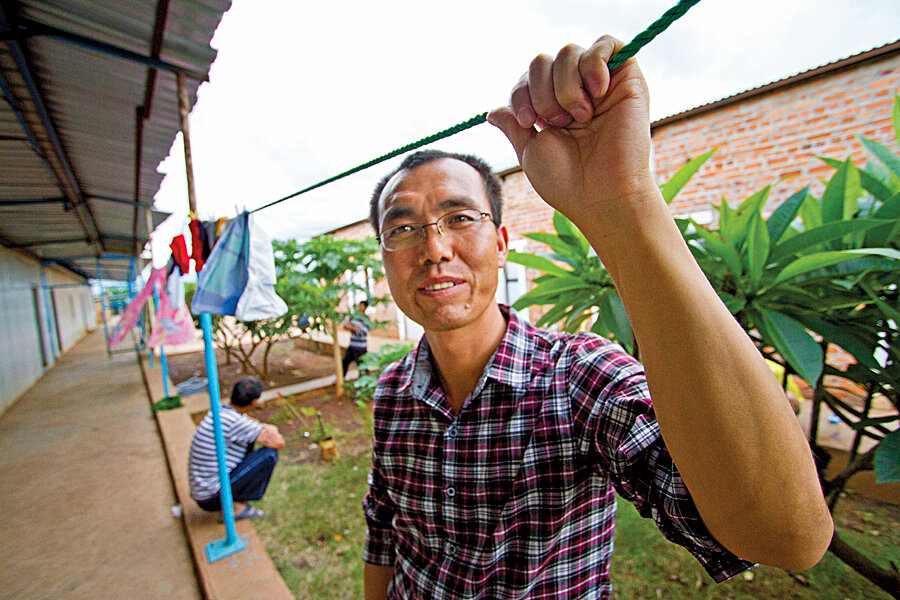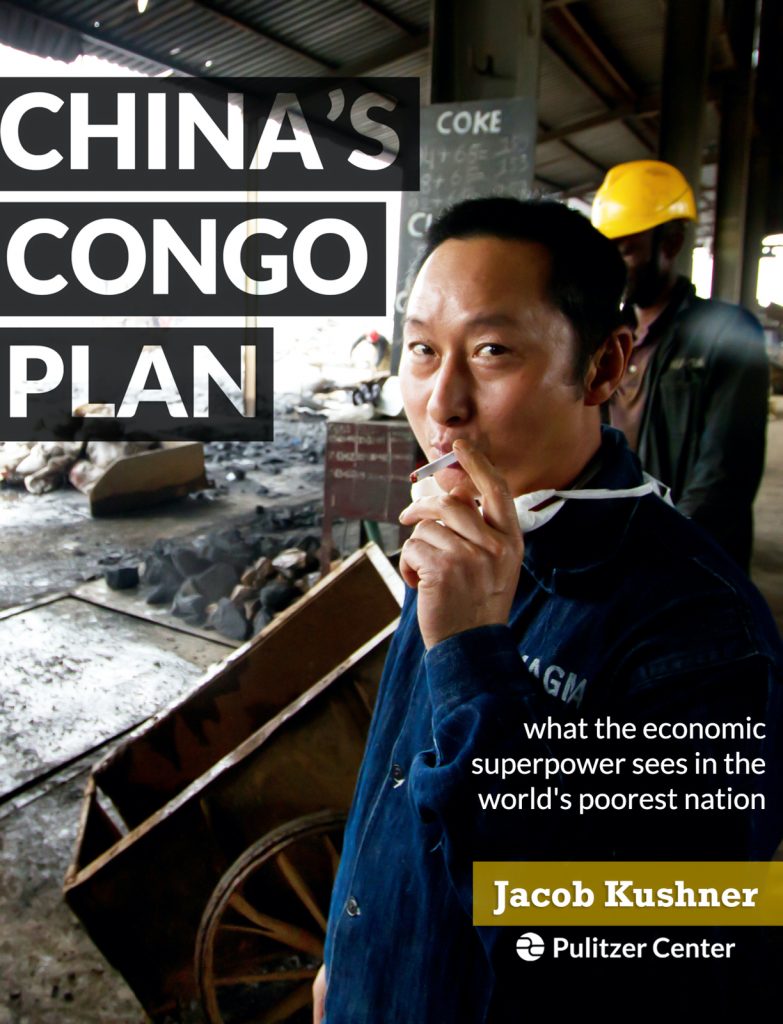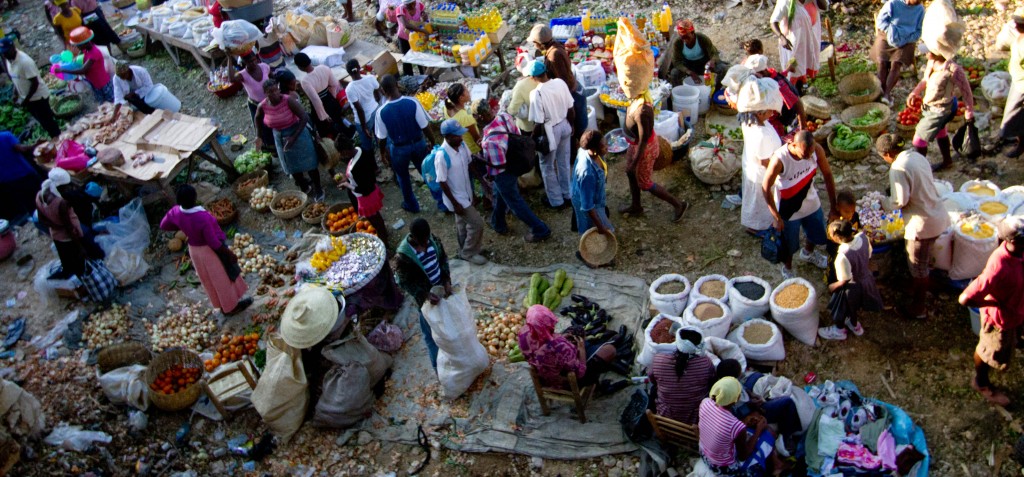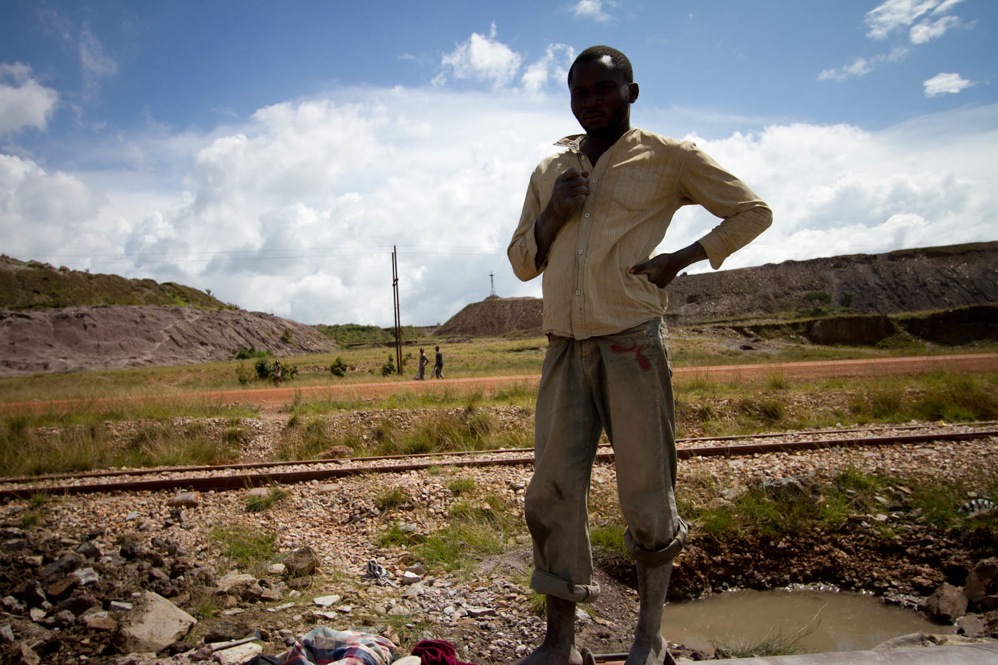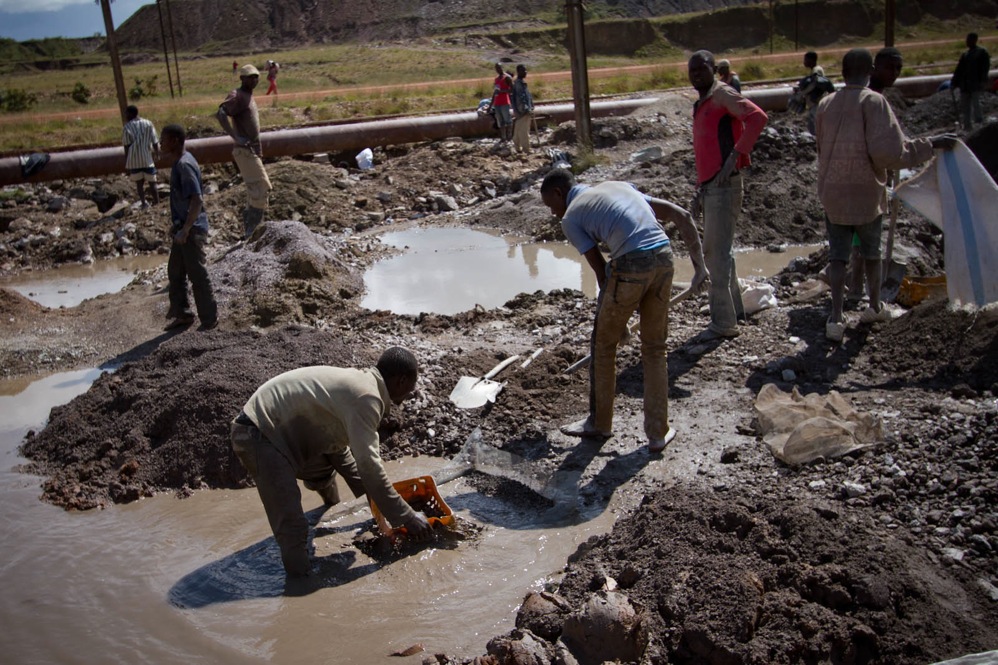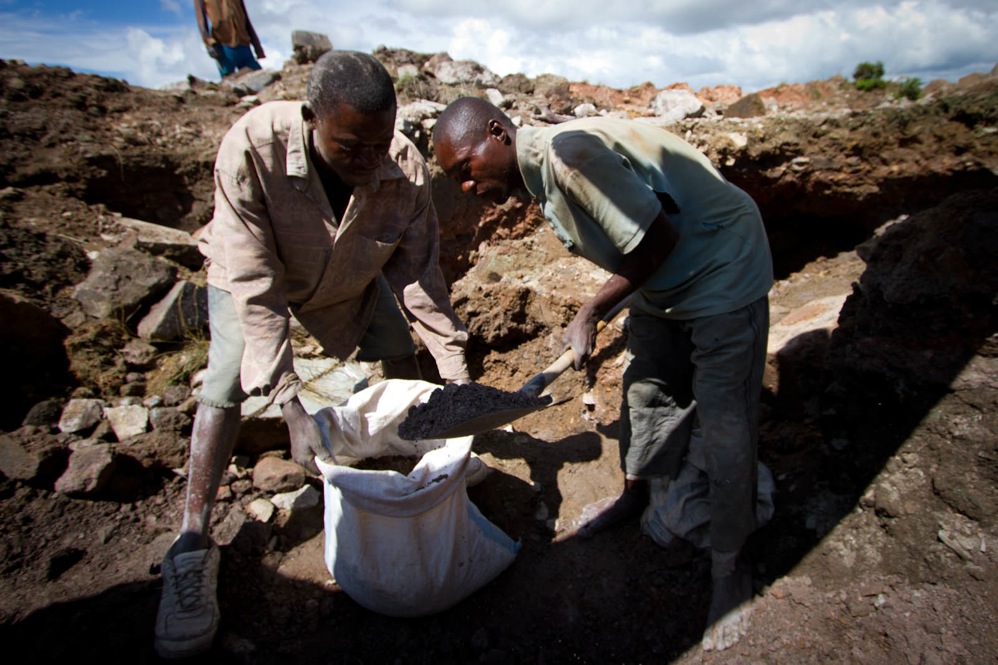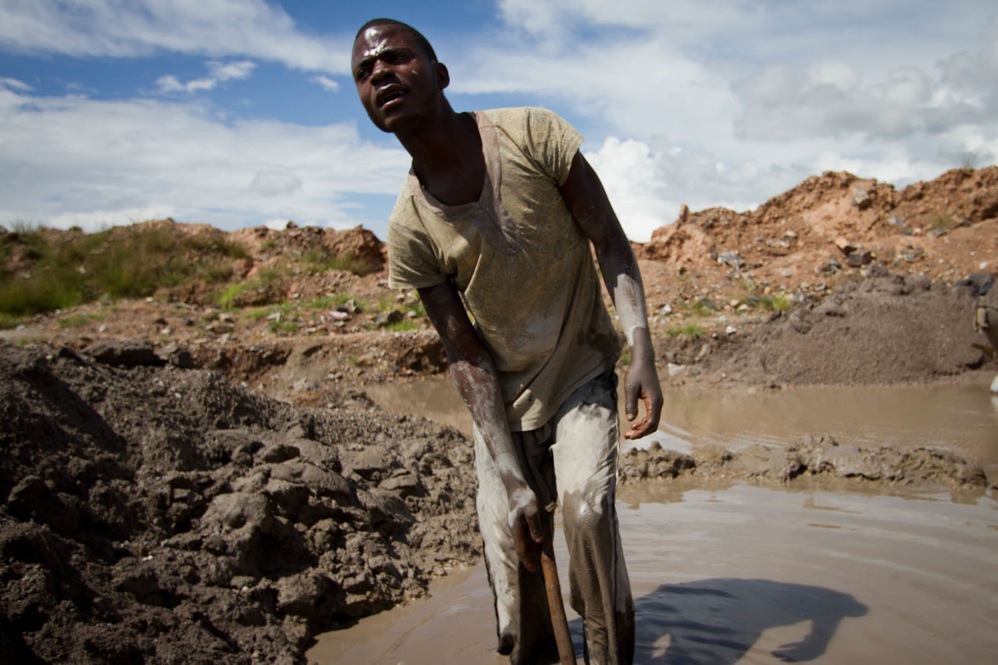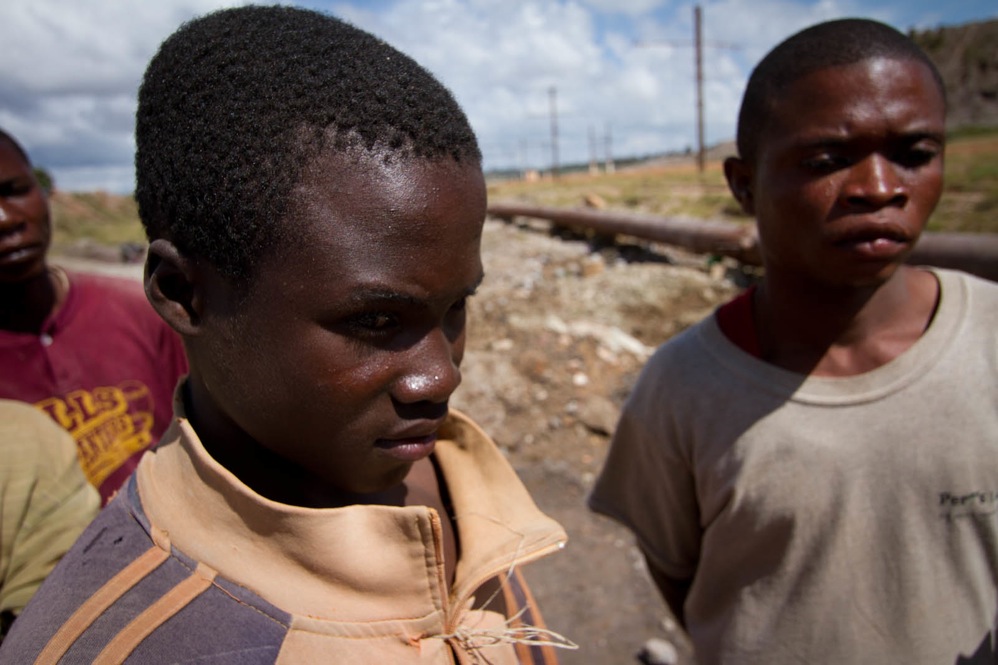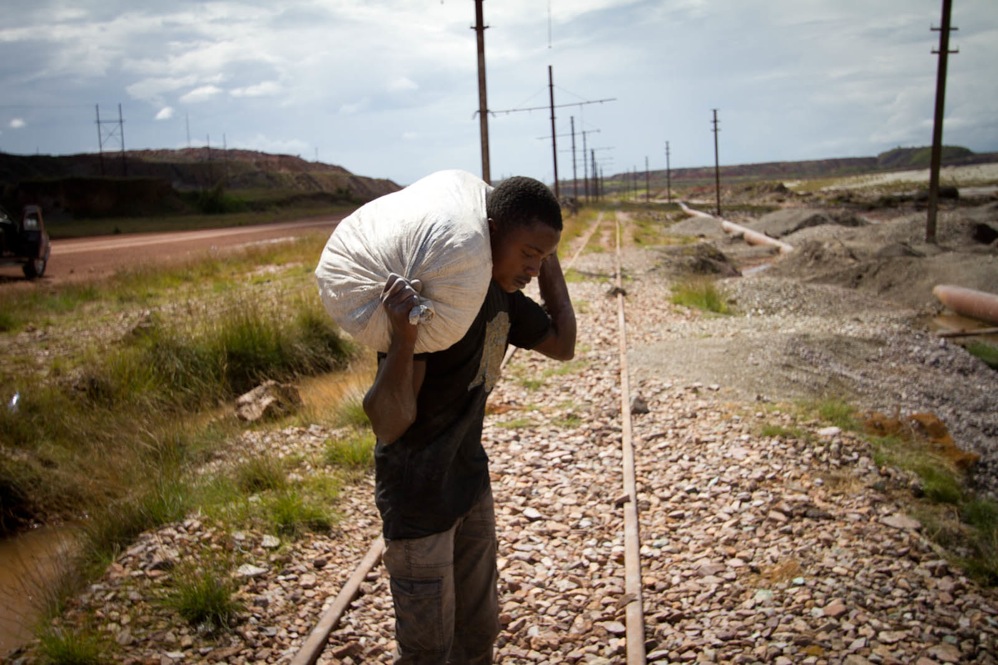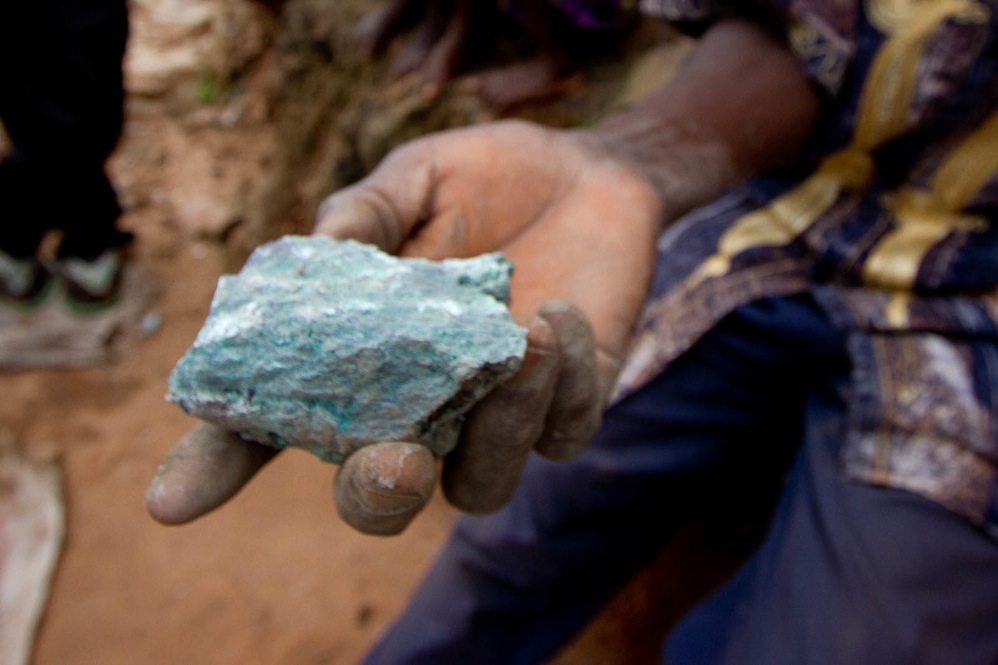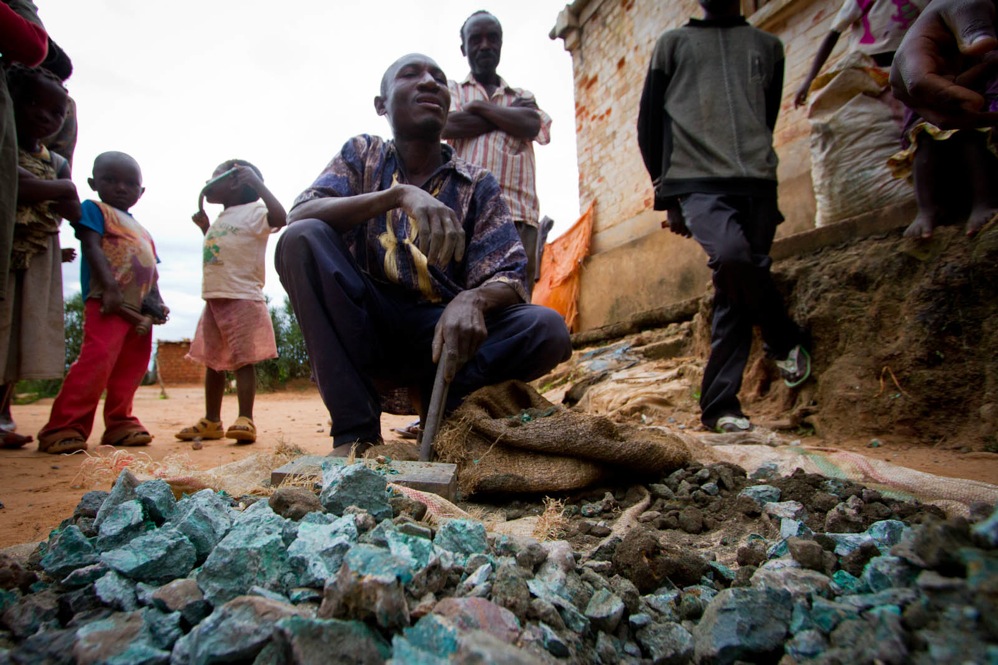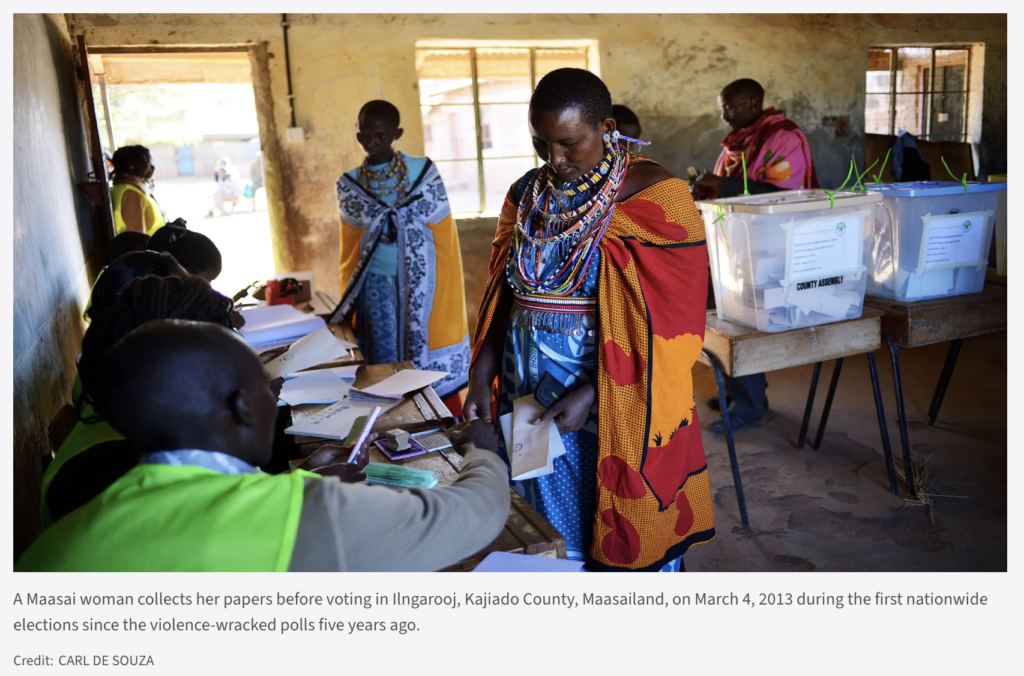 While the Westgate investigation simmers, Kenyan women protest a more systematic type of violence.
While the Westgate investigation simmers, Kenyan women protest a more systematic type of violence.
NAIROBI, Kenya – Two weeks before the shooting at Westgate mall, a scandal erupted within Nairobi’s political scene. The city’s governor, a man, delivered a slap to the face of a leading female parliamentarian Rachel Shebesh. It was caught on video and immediately made national news.
But reactions to the incident revealed Kenyan society remains divided in how it perceives of acts of violence against women. Some say Shebesh deserved the slap for becoming confrontational with the governor. Others say it was an unprovoked act of physical violence that should be prosecuted as an assault.
The division is stark: Many men and some women in Nairobi fall into the former category, but advocates for women’s rights say the incident highlights how violence against women continues to permeate Kenyan society.
“Men make jokes that you have to discipline a woman so she knows that he loves her. And we treat it as a joke,” said Helen Macharia, 70. “We need to start treating it as it is—abuse.”
Read the full story as it appeared at GlobalPost.

